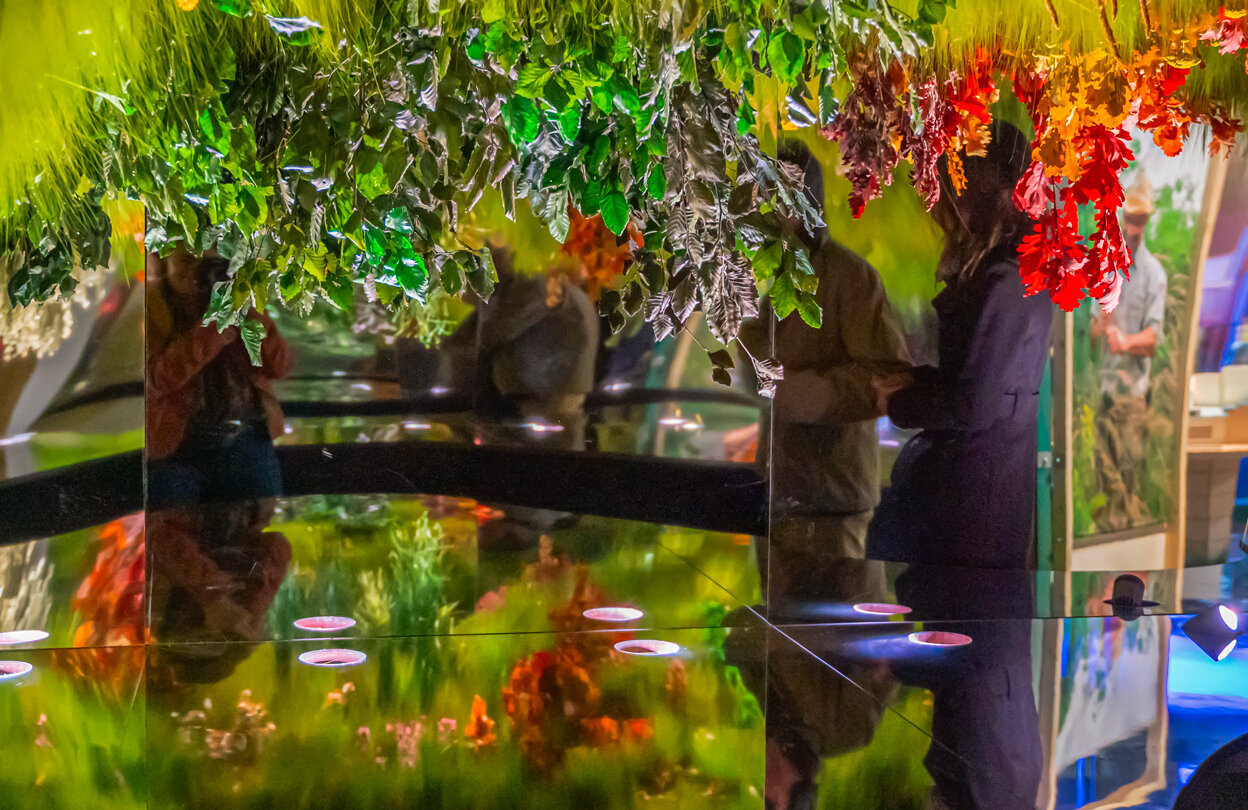The exhibition
Trailer of the exhibition Gardening (0'30)
Roll up your sleeves and get ready to explore the six chapters of this exhibition! A variety of installations reinterpret existing gardens and stimulate your senses. Each section features a series of experiments to enrich your knowledge.
As you explore, you can learn about inter-species relationships, soil biodiversity, the impact of climate on gardens, and the practices and benefits of gardening. Get to know the traditionally unloved animal and plant species in our gardens. Sow a seed of inspiration on “La fresque des Jardiniers”, an evolving, collective and living digital mural.
Gardening offers a breath of fresh air, reconnecting us with nature and bringing together art and science!
Practical information
-
€15 | €12 | Our prices
-
From age 9
-
Trilingual exhibition (French, English, Spanish)
-
The Cité is open from Tuesday to Saturday 10.00 am - 6.00 pm and 10.00 am - 7.00 pm on Sunday.
Accessibility
- Accessible to visually impaired visitors
- Accessible to visitors with reduced mobility
- Accessible to deaf and hard of hearing visitors
- Accessible to signing deaf visitors
Plan your visit
This exhibition area can be accessed by lift. Small pushchairs are allowed inside the museum.


![[Translate to Anglais:] [Translate to Anglais:]](/fileadmin/_processed_/b/6/csm_Jardiner_bandeau_mobile_E_Laurent_EPPDCSI_9af45b692d.jpg)





